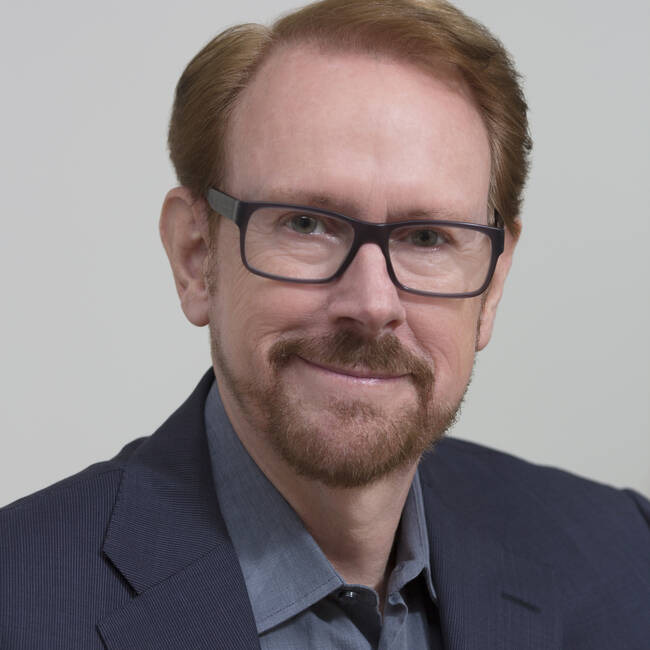Combat Unpredictable Change with Anticipation
It is often assumed that people don't like change when in reality humans are born to instinctively love change. It's why we take vacations and crave travel because we want and need change. We must get out of our usual surroundings and witness something new in order to regain focus and refresh our perspectives. In this case, change is a choice, so we like it.
But there is also a negative side to change: when the change affects you personally, unpleasantly, and unknowingly. However, most of the changes that come "out of nowhere" are actually very visible months or even years before they officially hit. For example, people get burglar alarms usually after being robbed. We all tend to react to unpredictable change and put out fires more than we anticipate what will happen based on the direction in which change is heading.
It's time to become more anticipatory so you can see change coming and pre-solve problems associated with it before they occur. Only after becoming anticipatory will you be able to use change as an opportunity for growth rather than a crisis to be managed.
How to Be Anticipatory
There are two types of change that you can use to see the future accurately: cyclical change and linear change.
You're in the midst of cyclical change every day: weather cycles, biological cycles, and even business cycles. In the United States, you know exactly when the next presidential election will be, when the next full moon will be, plus many other key things that cycle with time. You know that if the stock market goes up, it will eventually go down. Cycles are everywhere, and to be aware of them is to be anticipatory.
The second is linear change, and once this type of change hits, things will never go back to the way they once were. For example, once you get a smartphone, you're never going back to a flip phone. Once the people in China park their bicycles and get a car, they will not go back to the bicycle as their primary form of transportation. Linear change is a one-way street with many predictable consequences.
When you look around and determine what cycles you experience in your business as well as what linear changes have been happening, you can turn the predictable changes into an advantage, which is the key to becoming anticipatory, turning much of today's uncertainty into certainty.
These certainties fall into two methodologies I've discussed at length in the past: Hard Trends and Soft Trends. A Hard Trend is a projection based on measurable, tangible, and fully predictable facts. A Soft Trend is a trend that "might" happen, meaning that you can change or influence a Soft Trend.
The fact that Baby Boomers will age is a Hard Trend: it will happen and is a future fact. However, the fact that over the past ten years fewer people have been becoming doctors, resulting in a shortage of doctors to treat aging Baby Boomers, is a Soft Trend: it's something we can choose to address or ignore. It's a future maybe. The ability to differentiate between the two will enable your organization to transform its culture into one that profits from change, uncertainty, and burgeoning trends.
Change the View
To get your employees at all levels to embrace change, you have to give them the confidence that certainty brings by having them identify the Hard Trends that will happen. Start by encouraging them to do the following:
- Make a list of all the Hard Trends that are taking place in your industry, so you know what you can be certain about.
- Make a list of all the Soft Trends taking place in your industry, so you can see what you can change or influence.
- Have them answer this question: What do I know will happen in the next few weeks, months, and years, and how can I innovate to take advantage of what I now know for certain about the future?
Also, let your employees know this certainty: their roles will change over the next five years. Tell them, "You can either allow yourself to become less relevant or even obsolete, or you can see where your career is going and get the training and tools you need to become increasingly relevant and thrive."
Finally, realize that how you view the future shapes how you act today, and how you act today shapes your future. Anticipation based on the Hard Trends and the certainties that are before you is key to seeing the predictable future and pre-solving problems before they ever occur. This allows your employees to embrace the changes before them. Remember, the good old days are not behind us. They're ahead of us, and it's up to you to make them happen.
To book Daniel Burrus for your next event, visit his profile at https://premierespeakers.com/daniel-burrus.
Daniel is the author of The Anticipatory Organization: Turn Disruption and Change into Opportunity and Advantage and Flash Foresight: How to See the Invisible and Do the Impossible. To order in bulk for your event, please visit Bulkbooks.com.









